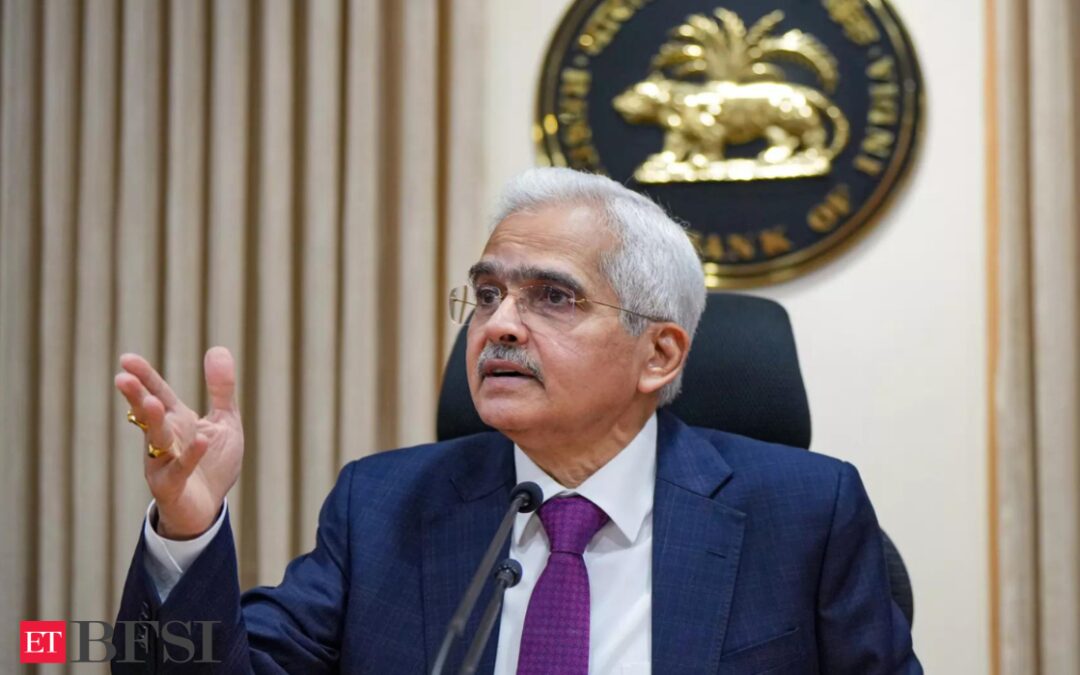The Reserve Bank of India (RBI) is set to introduce a new digital platform that could reshape the lending sector. The Unified Lending Interface (ULI) is poised to do for credit what the Unified Payments Interface (UPI) did for digital payments—streamline processes, expand access, and drive innovation. But can ULI truly be the next gamechanger in India’s financial ecosystem? This explainer delves into the potential of ULI, exploring whether it can replicate the transformative impact of UPI on the lending space.
What Is ULI?
The Unified Lending Interface (ULI) is a new digital platform developed by the Reserve Bank of India (RBI) to revolutionize the lending process in the country. Just as the Unified Payments Interface (UPI) transformed digital payments by making transactions seamless and accessible, ULI aims to overhaul the way credit is delivered, particularly for sectors like agriculture, small businesses, and rural borrowers.
What’s the vision behind ULI?
ULI is designed to address the inefficiencies in the current lending system. In today’s digital era, data essential for credit appraisal—such as financial information, land records, and credit histories—resides in various disparate systems. This fragmentation creates barriers to quick, frictionless lending, particularly for small and rural borrowers who often face lengthy approval processes and complex documentation requirements.
ULI’s primary goal is to simplify and speed up the lending process by integrating these diverse data sources into a single platform. The platform is built with common and standardized Application Programming Interfaces (APIs), allowing lenders to easily access and assess the necessary data to make informed lending decisions.Will ULI be a gamechanger like UPI?
The success of UPI has set a high benchmark for digital platforms in India. Launched in 2016, UPI has become a cornerstone of the country’s digital payments ecosystem, enabling billions of transactions and expanding financial inclusion. The question now is whether ULI can achieve a similar impact in the lending space.
ULI has the potential to be a gamechanger in the lending sector, much like UPI has been for digital payments. By addressing key pain points in the current lending system—such as slow processing times, high costs, and limited access to credit—ULI could pave the way for a more inclusive and efficient financial ecosystem in India. However, its success will depend on overcoming challenges related to adoption, data security, and infrastructure. If these hurdles are managed effectively, ULI could indeed become the next big leap in India’s digital finance journey.
What is the potential impact of ULI?
ULI promises to drastically reduce the turnaround time (TAT) for loan approvals by enabling real-time access to crucial data. This could be particularly beneficial for small businesses and farmers who often face delays in getting loans.
By integrating data from various sources, ULI can help lenders assess creditworthiness more accurately, potentially expanding access to credit for underserved segments, including rural and small borrowers.
The standardisation and integration of data through ULI could lower the operational costs for lenders, which might translate into lower interest rates for borrowers and more competitive loan products.
Unlike the existing frictionless credit platforms that focus primarily on banks, ULI will also encompass non-bank lenders like fintech companies and NBFCs. This could lead to a more diversified and competitive lending environment.
What are the challenges ahead?
While ULI holds immense potential, several challenges could influence its success. The platform’s effectiveness will depend on how quickly and extensively banks, NBFCs, and fintech companies adopt it. Ensuring widespread usage is critical to ULI’s success. Given the sensitive nature of financial and personal data involved, robust security measures and a strong regulatory framework will be essential to maintain trust in the system. ULI’s success will also hinge on the strength and reliability of India’s digital infrastructure, particularly in rural areas where internet connectivity may still be an issue.











